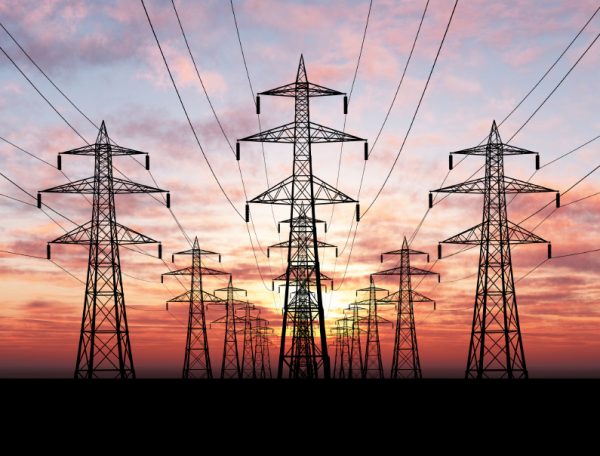University of Utah engineer received $2M grant to develop smarter tech to tackle power outages
07/27/2018 / By Edsel Cook

A new research laboratory is being constructed in Utah. Funded by the U.S. Navy, it will develop microgrid technologies that can help communities maintain or restore their supply of electricity after a natural disaster or a cyber attack takes out the main power grid, an article in News Wise states.
When Hurricane Maria slammed into Puerto Rico in September 2017, the island and the rest of the U.S. got a bitter taste of what happens when the power grid of a major metropolis goes down. As of April 2018, the territory is still plagued by power outages that stem in part from the months-long blackout caused by the hurricane.
A team led by an electrical and computer engineering assistant professor from the University of Utah (UU) is working to prevent a repeat of that crisis. Masood Parvania is establishing the Utah Smart Energy Lab (U-Smart) with the help of a $2 million grant from the Navy’s Office of Naval Research.
The U-Smart team will spend the next three years investigating and testing microgrid technology. (Related: New, little-seen report warns the nation’s power infrastructure is increasingly vulnerable to physical attacks.)
Microgrids can continue providing power during “grid down” scenarios
Earthquakes, hurricanes, and other natural disasters can disable or destroy the power grid of an entire city. Without a functional grid, electricity from power plants cannot be sent to where it is needed.
Microgrids are one way of amending that problem. As their name implies, they are micronized versions of a city’s power grid. They can provide backup electricity for local areas if the primary grid goes down.
These smaller power systems serve parts of a city instead of the entirety. They can range in size from a single building to a large neighborhood.
A microgrid is separate from the main grid. It does not draw electricity from outside sources like power plants. Instead, it gets electricity from local sources, such as backup fossil fuel generators, solar panels, wind turbines, geothermal heat, or energy storage devices.
Microgrids can provide neighborhoods, hospitals, and other essential services with electricity until the primary grid has been repaired. They are now being set up throughout Puerto Rico to prevent a repeat of the island-wide power outages caused by Hurricane Maria during 2017.
The U-Smart team are part of the effort to microgrid technology. Parvania and his researchers are working on microgrid controllers, the electronic brains that will decide the best way to allocate electricity throughout the area.
New controllers will resist cyberattacks on microgrids
In addition to being faster and smarter than previous generations, the new U-Smart-developed controllers will also feature better protection against cyberattacks.
Cyberattacks are the newest threat faced by power companies. The first known cyberattack on a power grid took place in December 2015, when Russian cyberwarfare experts hacked the controllers of three Ukrainian power distribution companies during the then-ongoing Russian-Ukrainian conflict.
The cyberattack briefly plunged the homes of more than 200,000 people into darkness during the Christmas season.
“Today, power grids are becoming more and more vulnerable with modernization and digitization. These microgrid controllers will be faster and more accurate in returning power back to communities. But we also want to make sure that once they work they are not affected by cyberattacks,” Parvania explained.
His future laboratory is currently being set up in UU’s College of Engineering. The U-Smart facility will host real-time digital simulator computers that can mimic a power system.
Parvania’s team will develop new technologies, which will then be trialed using the simulators. The U-Smart laboratory will also serve as a classroom for power engineering students who are interested in microgrids.
Learn more about the techniques to protect power grids from human attackers and natural disasters at Power.news.
Sources include:
Tagged Under: cyberattacks, cybersecurity, cyberwarfare, electric grid, energy, microgrids, natural disasters, power, power grid, power grid attack, Power Outage, technology




















